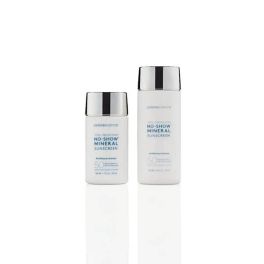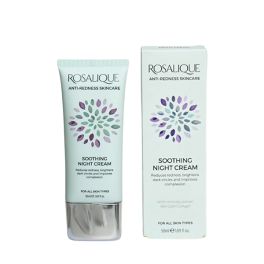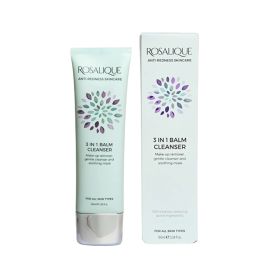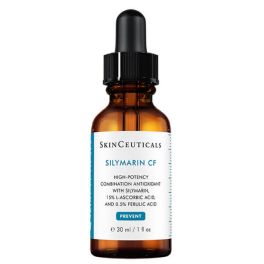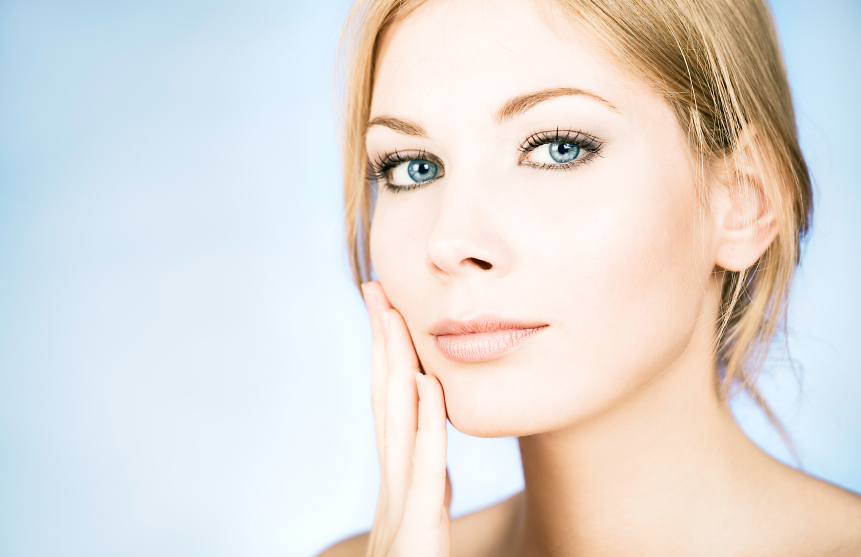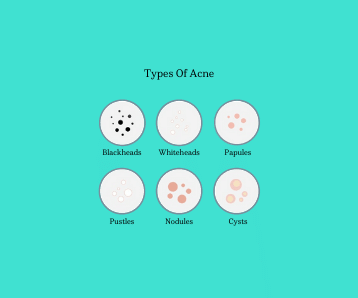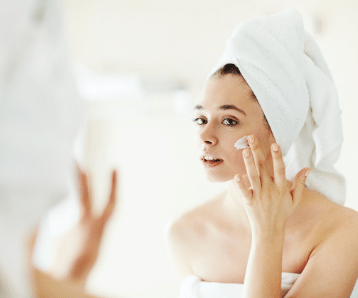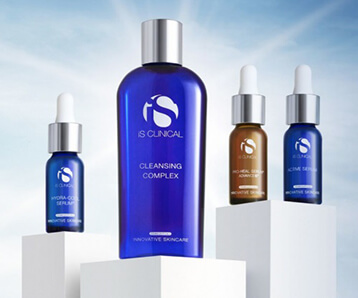Acne Fighting Ingredients Posted on 9 Sep 2011
Acne fighting ingredients
Acne is one of the most common skin disorders. In the UK alone, acne vulgaris affects approximately eight to ten million individuals each year. Whilst it's commonly perceived to be a disorder of adolescence, affecting some 85% of all teenagers, statistics show that its prevalence remains high well onto later life. Acne affects some 40-50% of men and women in their twenties and may still affect up to 10-20% in their forties and fifties.
Abnormal follicular desquamation leads to micro-comedone formation, which is the primary lesion in acne vulgaris. Sebum secretion, which typically increases at puberty leads to accumulation in the blocked follicle, which encourages proliferation of P.Acnes. This incites an inflammatory response, which may lead to the development of papules, pustules, nodules or cysts. Thus acne can be classified in terms of the primary lesion.
• Comedonal, where open & closed comedones predominate and inflammatory lesions are rare
• Inflammatory, where papules, pustules and nodulo-cystic elements are present.
This distinction is important as the predominant lesion type will determine the most benefical treatment options.
Cosmeceuticals (medical grade skincare) represent a marriage between cosmetics and pharmaceuticals and are a more sophisticated approach to tackling acne that traditional over the counter products or prescription medications.
A good skincare regime may be sufficient for those with mild or moderate acne. Retinols, salicylic acid, glycolic acid and azelaic acid will all have impact on comedonal lesions, whereas benzoyl peroxide,salicylic acid and niacinamide have good anti-inflammatory properties. The core of any acne regime is the use of an anti-comedonal agent as this is the primary lesion of acne vulgaris. For more severe acne topical/oral antibiotics and oral retinoids are required from your GP.
Salicylic Acid
Salicylic acid (a BHA) works well for acne because it removes excess oil & impurities from the skin and exfoliates the dead skin cells to reduce clogged pores and control breakouts.
Glycolic Acid
Glycolic Acids (an AHA) work by stimulating new growth of skin and collagen by decreasing the bond that holds dead skin cells on the surface. This allows dead cells to be removed gradually, leaving behind a layer of smoother and softer skin. Glycolic acid is recommended for those whose skin is showing signs of aging. Fine lines, brown marks and dry spots (solar keratoses) can improve with regular applications. Glycolic acid may also prove helpful for those prone to acne.
The biggest difference between the two hydroxyl acids (BHAs and AHAs) is their lipid (oil) solubility. Alpha-Hydroxy Acids (AHAs) are water soluble and Beta-Hydroxy Acids (BHAs) are oil soluble. BHAs are able to penetrate deeper into the pore, which contains sebum and helps to control exfoliation of the dead skin cells that build up inside the pore.
Like many other topical acne treatments, salicylic acid & glycolic acid must be used continuously, even after acne lesions have healed. Its effects stop when you stop using it, so your skin will return to its uneven shedding; pores become clogged, and acne returns
Azelaic Acid
Azelaic Acid deeply penetrating anti-inflammatory and comedolytic properties. It is considered to be similar to Hydroxy Acids: helping to regulate cell turnover, whilst assisting with the reduction of comedones and congestion. Azelaic Acid helps clear blemishes, while reducing redness, chronic inflammation and uneven pigmentation.
A great resurfacing product is Jan Marini's Bioclear Lotion which contains 3 acids – Salicylic, Glycolic and Azelaic acids.
Retinol
As an acne treatment, Retinol works by stimulating the growth and functioning of new skin cells while accelerating the process through which abnormal cells are shed from the skin surface. The theory behind retinol acne products is that they will reduce acne in the skin by speeding up the exfoliation process so that pimples are less likely to form. Retinol is a potent tool in treating acne but may cause some irritation and sun sensitivity. Therefore, it is important to apply it at night and increase usage slowly. Always follow the instructions and apply a high factor sunscreen daily. Do not use if pregnant.
Niacinamide
Niacinamide known as vitamin B3; exhibits anti-inflammatory action, whilst reducing redness and irritation.Studies show it to be as effective as topical 1% clindamycin and its main advantage there is no risk of the development of bacterial resistance. In addition, it improves post-inflammatory hyperpigmentation, a common feature of acne vulgaris. This is available in Medik8 Blemish SOS & Papulex range of products.
Acne Routine:
- 1. CLEANSE – AM/PM
- Try a salicylic or a glycolic wash/cleanser, or if you have dry, sensitive skin, go for a lactic acid instead.
- 2. TREAT – AM/PM
- 3. MOITSURISE/PROTECT
- Sunscreen (am) Oil free moisturiser (pm)
Peels and masks don’t get enough attention in acne treatment. These are terrific for addressing both existing acne and the resultant scarring when used once or twice a week.
Make it a point to use your treatments every day, as directed. Consistent use of your acne treatments is crucial for improvement. It can take between 6-12 weeks for acne to improve.
It's important to start off slowly with products to ensure maximum tolerability and reduce the frequency of side effects that become excessive.













